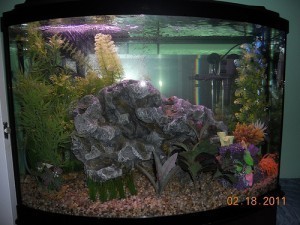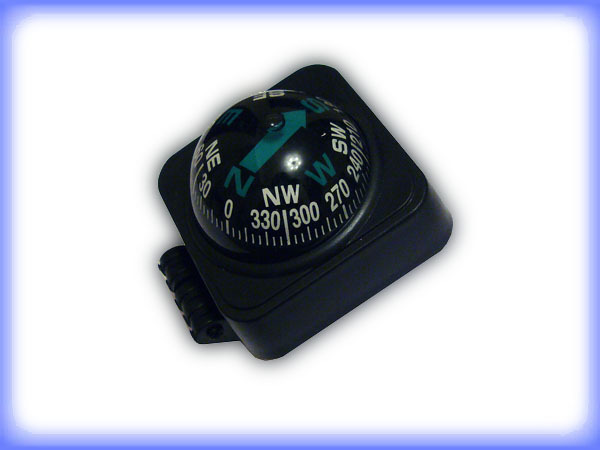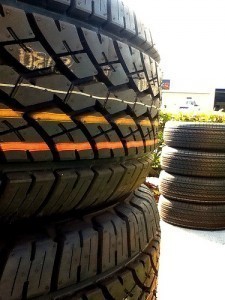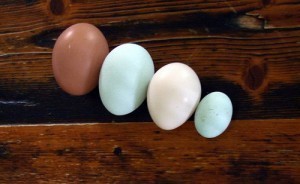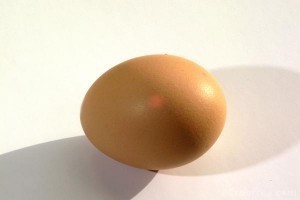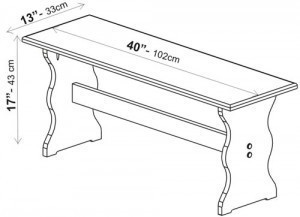Flounder Sizes
Jacques Piccard, a Swiss scientist, was surprised to find flounder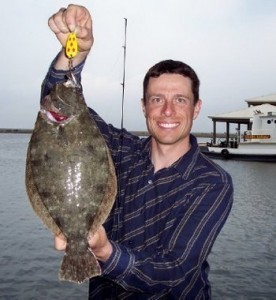 at a depth of 35,813 feet on the ocean floor. The ones they found were about 30 centimeters in length and were thriving in the Mariana Trench. Flounder are flatfish that dwell on the ocean floor. They are often found in the Pacific and North Atlantic Oceans. They mostly spend their time in estuaries and coastal lagoons, which kind of makes them interesting game. Flounder sizes and other interesting facts about this kind of flatfish are found below.
at a depth of 35,813 feet on the ocean floor. The ones they found were about 30 centimeters in length and were thriving in the Mariana Trench. Flounder are flatfish that dwell on the ocean floor. They are often found in the Pacific and North Atlantic Oceans. They mostly spend their time in estuaries and coastal lagoons, which kind of makes them interesting game. Flounder sizes and other interesting facts about this kind of flatfish are found below.
Fast Facts
Where to find them: You can find flounders along the coasts of Canada and the United States. You’ll also find them in Northern Europe’s ocean waters. If you’re in the Pacific then you’ll find more of them near Japan. When you talk about flounders you are actually referring to more than one species of flatfish.
Various species: You are actually referring to different species of flatfish when you talk about flounders. There are winter flounders (Pseudopleuronectes americanus), southern flounders ((Paralichthys lethostigma), summer flounders (Paralichthys dentatus), olive flounders (Paralichthys olivaceus), and European flounders (Platichthys flesus).
Meaning behind the name: The name ‘flounder’ is in Greek and actually means ‘side swimmer’. The name, in a way, depicts how these fish behave and the physical condition of their eyes. Depending on the species, some flounders have both eyes on their right side and others have both their eyes on their left side. The side that is usually found upward is the side that has both eyes. This condition is due to their adaptation to the living on the sea-bed.
Eye migration: It will come as a surprise for anyone who encounters flounders for the very first time. Regardless of flounder sizes, an adult member of this family of fish will have both eyes situated on one side of their head. During its life cycle, one eye will migrate to one side of the head.
Initially, the migrating eye will be correctly located on its corresponding side on the fish’s head when it hatches. That eye will migrate via a process of metamorphosis. When it reaches adulthood, adult flounder sizes will differ since there are various species in this family, it will change its living habits. It will begin to camouflage itself as it lies on the bottom of the ocean. This is, of course, a way of protecting itself from predators. By this time, the eye that migrates will be located on the side that faces upwards. Either the left or right eye migrates depending on the species of flounder.
Flounder sizes: Flounder sizes will differ slightly but they do have average sizes. These fishes will grow to length of 12.5 cm to 37.5 cm. However, there are certain flounders that have been found to grow to a length of 45 cm, which is roughly around 1.5 feet. The width of this fish is usually about half of its length.
Best Fishing Times
This flatfish cooks very well in your pan regardless of flounder sizes. If you plan having one on your pan that you caught yourself then you better wait for autumn or spring before you go fishing. They bite almost any bait and it is recommended that you use a small hook. Once you catch one it is best that you cook it right away.
